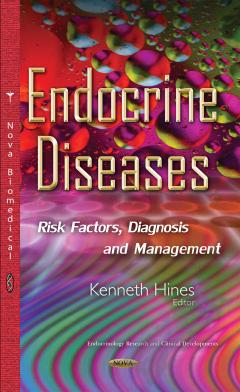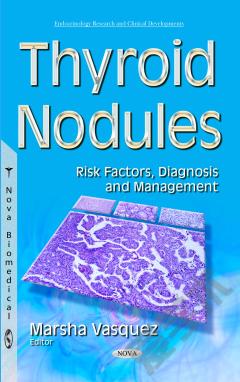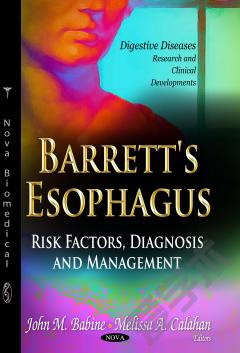Menorrhagia and Dysmenorrhea: Risk Factors, Diagnosis and Management
Menorrhagia is defined as heavy menstrual loss. Its main determinant of management is the impact of menorrhagia on the woman's quality of life. This book examines the history of menorrhagia, which should elucidate the temporal aspects of the heavy menstrual blood loss and may shed light on the etiology of menorrhagia. The authors further provide instructions on how to examine and treat women with menorrhagia. Furthermore, the book outlines a diagnostic approach and concentrates on different therapies like combined oral contraceptive pills in contrast with surgical management. With an effective treatment management, it is possible to better achieve the diagnostics of heavy menstrual bleeding (HMB) although areas that need further research are highlighted. The clinical use of NF-kappaB (NF-kB) inhibitors, which play an important role in the regulation of the amount of menstrual bleeding and pain are also explored.In addition to menorrhagia, the authors of this book examine dysmenorrhea, pain associated with menstruation. It is also the most prevalent symptom in women with the painful condition of endometriosis. Ilaria Erasmo and Simone Ferrero examine the types of therapy for endometriosis-related dysmenorrhea and the various hormonal treatments shown to effectively and safely relieve pain, which they argue should be based on the preference of the patients, on the incidence of adverse effects and on the costs of treatment.
{{comment.content}}








 京公网安备 11010802027623号
京公网安备 11010802027623号